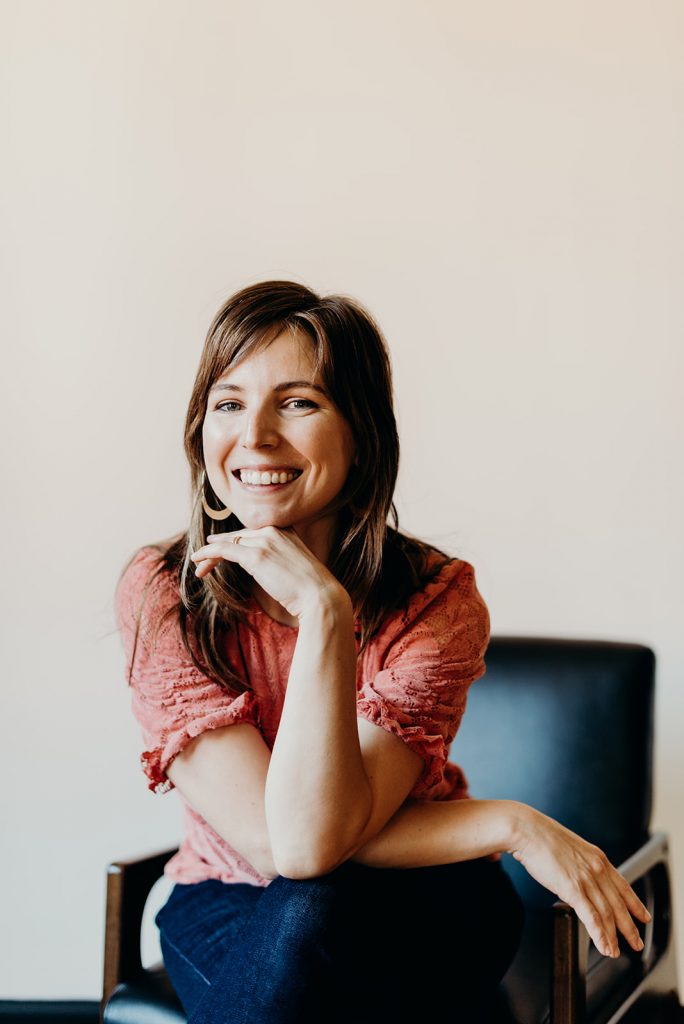The Fastest Way to Find Inner Peace
If you’re open to it, I’d like to do a little experiment with you.
For the best effect, you’re going to want to read this one slowly. Pause after each sentence, maybe even close your eyes, and let each inquiry reach you at a deeper, visceral level. These are questions you want to feel into more than think about.
Ready? Here we go.
Just for this moment, —you don’t have to do this forever, but just for right now,—see what happens if you let yourself arrive fully where you are.
And by arriving here, now, I mean that just for this moment, see what it feels like to let all thoughts of the past go.
Let go of all regret, let go of of all contemplation about what did or did not happen.
Just let go of those images, those memories, and let yourself be here, where you are now, to feel what you’re feeling and experience what you’re experiencing, without trying to interpret it or change anything.
And now see what happens if you also let go of all thoughts of the future.
Let go of all striving. Let go of all images you have of development. Let go of all hope, even, that anything will ever be better than it is right now.
Explore what happens if you just fully accept life as it is, right now.
What happens if you fully embrace yourself as you are, right now?
What happens if, just for this moment, you stop fighting against what is, stop trying to improve or change anything at all?
What happens if you allow yourself to feel whatever pain you might be feeling right now? What happens if you let yourself be hurt?
Can you allow yourself to be defenseless, just for this moment? To be completely and utterly vulnerable? Just for this moment, can you stand fully exposed and available for all that is here, right now, without distraction?
What happens if you stop looking for anything other than what is present?
What happens if you just let yourself be.
Here.
Now?
What do you find underneath the surface of your mind’s activity?
I can’t wait to see where this takes you!
Warmly,
Katerina
This practice is adapted from the teachings of Gangaji and Mooji, and their teacher, whom they affectionately called Papaji.





